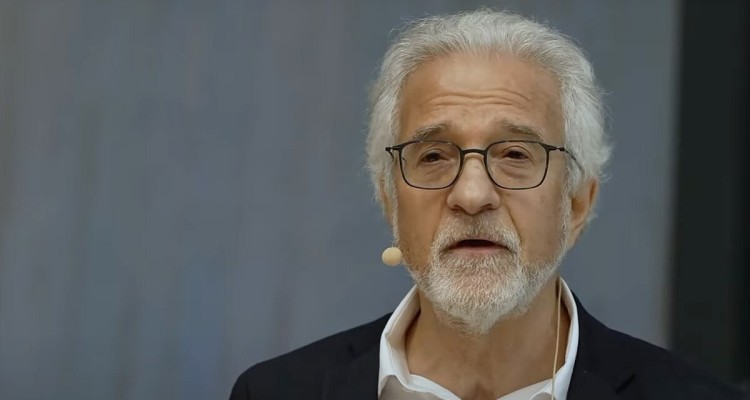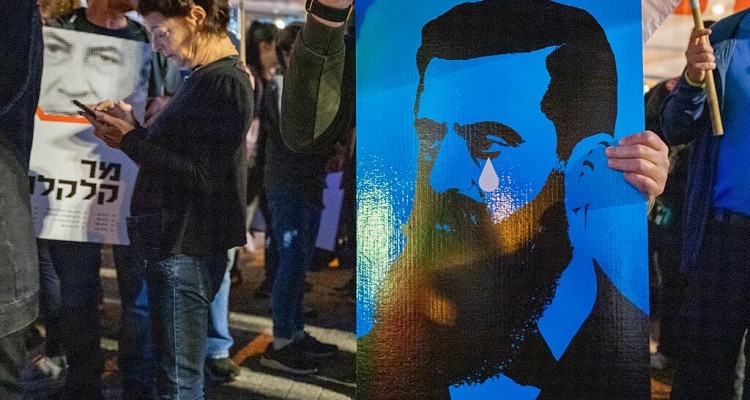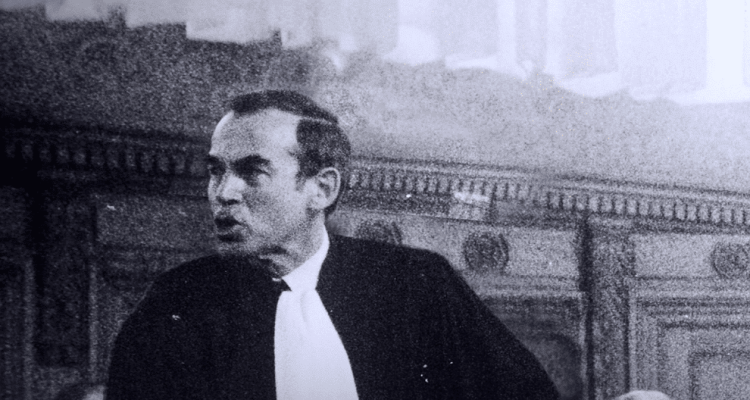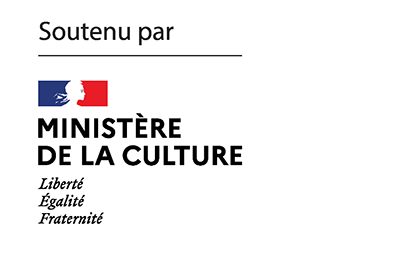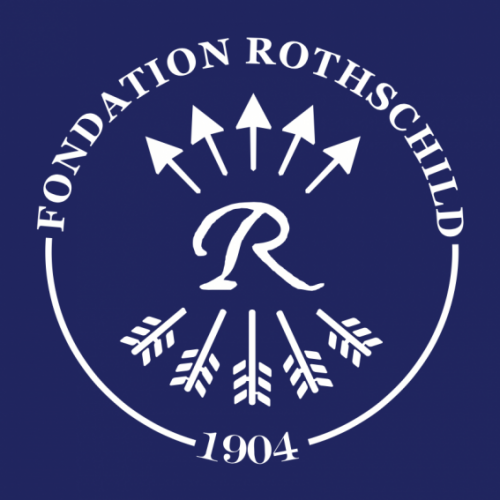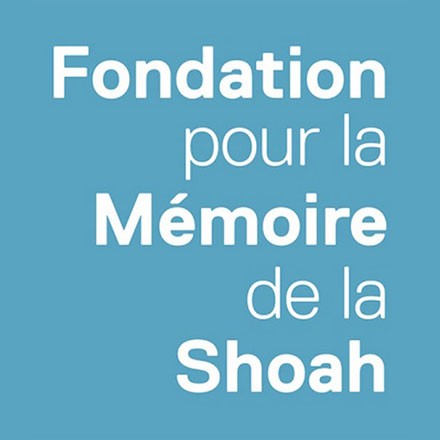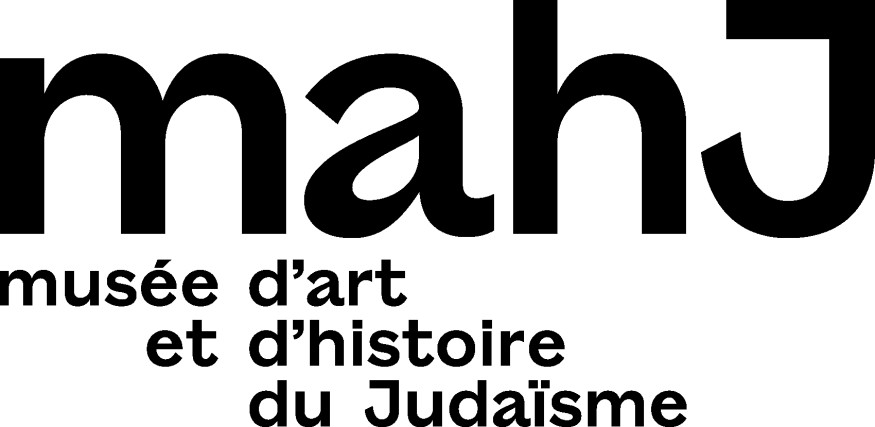The comments, that were made by the Minister for Equal Opportunities in the Meloni government questioning school trips to Auschwitz, have reignited an old debate about the memory of the Shoah in the Italian public sphere. Serena Di Nepi, a historian specializing in the Jewish diaspora, explains why she has never taken part in these “ Remembrance Trips,” even though they have become a central civic ritual. Between family history, intimate transmission, and institutional ceremony, she explores the profound disconnect between Jewish memory and national memory, and how Judaism continues to express itself in Italy outside of official commemorative frameworks.
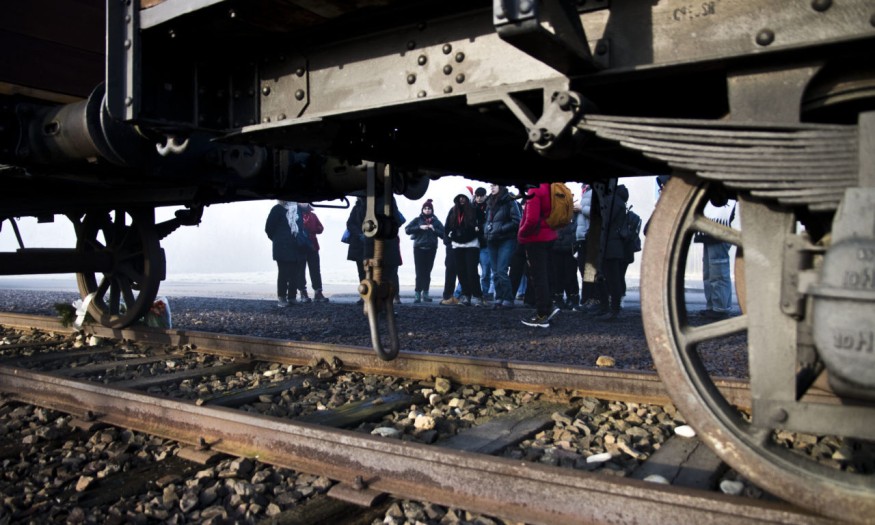
I am a Jewish historian of the Diaspora, and I have never gone on a “trip to Auschwitz.” The unfortunate—or at least needlessly flippant—remarks made by a minister of the Italian Republic during a conference organized by the Union of Italian Jewish Communities to take stock of the bitter state of public discourse in Italy on Israel, the Jews, and Judaism two years after October 7, have once again brought into question decades of work on memory. Starting, precisely, with these trips.
By a series of life’s coincidences, I have never taken part in a “Journey of Memory”—occasions that for some time now have marked countless moments in the civic life of the peninsula and which, as a Jewish historian specializing in the history of Jews in Italy, should have concerned me directly. The first reason is, in a sense, academic: I deal with the early modern period and am therefore chronologically exempt from the darkest and most painful aspects of the trade. It was a choice I made deliberately, once I realized I wanted to become a historian: I decided that I would avoid, as far as possible, dealing professionally with the black hole of the Shoah. Later, I did find myself touching upon it, but never by spending days and nights studying things that would rob me of sleep. I preferred, as it were, the ghettos and the Roman Inquisition to the Nazis.
The second reason is generational. I graduated from high school in 1998, when such trips had not yet become a common practice, and when, generally speaking, little was said about the Shoah in Italian schools. In 1993, Steven Spielberg’s masterpiece Schindler’s List had been released, and I believe—though I am not entirely sure—that at some point during my first year at a prestigious classical high school in central Rome, my class was taken to see it. There was no preparation beforehand nor any follow-up afterward—one of those classic morning cinema outings that make students happy to escape a day of Greek and Latin translation. At that time, the Shoah occupied a small box in the last-year history textbook and little else; and I do not recall ever being asked to tell my classmates my family’s story, as often happens (or used to happen) nowadays to Jewish students in public schools during civic anniversaries.
The turning point came in the early 2000s, with the institution of January 27 as Holocaust Remembrance Day, established by a law unanimously passed by the Italian Parliament on July 20, 2000—five years before the European Parliament did the same. Two years later, the Ministry of Education organized the first official “Journey of Memory,” which brought together students, Jewish survivors of the camps, government representatives, and Jewish institutional leaders. It was not the first trip of its kind in Italy: in previous decades, there had already been expeditions organized by individuals or associations connected with the history of deportation. But the 2002 trip bore an institutional seal: it wove together the threads of collaboration on memory between historians, schools, government, witnesses, and Jewish institutions (which had helped design the initiative) into a shared path of values and citizenship that no one intended to turn back from—a moment whose significance escaped no one.
And indeed, that is what happened: hundreds of trips, thousands of students, reflections on how these experiences were planned and their outcomes, the tireless—and often exhausting—commitment of survivors, and a central role for Jewish institutions. As skeptics noted from the very beginning, all of this risked becoming something different from what was intended: the burden of memory placed upon the victims and upon today’s Jews, tasked with keeping the flame of the Shoah alive; a tired ritual of commemoration, various automatisms, and perhaps a kind of unconsciousness useful for cleansing the conscience of the majority. We remember once or twice a year—and we’re done.
In classrooms that happen to include a Jewish student, the problem of remembrance is often solved by placing it squarely on that student’s young shoulders—as an eternal victim—creating a feedback loop with predictable consequences, which we are now reckoning with.
Even if, in some cases, the overlap between organizing these trips and the obligatory commemorations of January 27 (alongside local memorial days recalling the deportations and raids of autumn 1943) has taken on the tone of a soulless, mechanical ritual, I believe the evaluation of this phenomenon requires distinguishing the many layers that compose it. Generally, these trips are conceived within long-term educational programs: students are accompanied to the gates of Auschwitz as part of a broader project that includes preparatory and follow-up meetings, and knowledgeable, careful guides on-site. It is a difficult journey, not undertaken lightly. Of course, exceptions exist—but a quick look online shows the seriousness with which these projects are conducted: they are anything but joyrides or adventures.
It remains true that schools today do things that were not done at all in the 1990s, and that, thanks to this, the Shoah has entered the Italian conscience—with all the weaknesses and contradictions that this approach entails; yet it marks a before and after. In the “before,” there was very little—perhaps nothing—and in the “after,” there is a great deal, even if imperfectly so. In the 1990s, my school never asked anything of me, and my non-Jewish friends and acquaintances never wondered how history’s accidents had made me who I was, or how my grandparents had survived the Shoah. I was often questioned about Israel and its many presumed wrongs, but rarely about the other side of my much-discussed Jewish identity. My children, now in their last years of high school and early years of university, have had different experiences in public schools: their classmates had read and studied Primo Levi and Anne Frank, and they were regularly invited to recount their family stories on October 16 (the anniversary of the great deportation of the Jews of Rome) and January 27. This compulsory attention, in classrooms that happen to include a Jewish student, often solves the problem of remembrance by placing it squarely on that student’s young shoulders—as an eternal victim—creating a feedback loop with predictable consequences, which we are now reckoning with. Yet, the fact remains that this shift exists, and it has undeniable positive value.
But let us return to the trips. If they entered public education only in the 2000s, Jewish memory followed quite different paths. In 1996 (or perhaps 1997), during a winter camp of the youth movement Bené Akiva, on the fast of the 10th of Tevet, the group from Milan recounted their recent experience of a trip to the camps organized by their local Jewish school. I remember the photos of Majdanek and the chilling comment of the person showing them: “Over there, all it would take is pressing a button, and the gas chambers and ovens would be working again in less than an hour.” Now, many years later, I think that comment is one of the reasons I have never found the courage to go—to see firsthand the scale of the chance that allowed us to live risks making it even harder to hold together the fragments of that painful awareness.
My husband, who is a bit older than I am, took part as a young man in the March of the Living, organized each year by Hashomer Hatzair in memory of the Death March, a crucial moment in that youth movement’s formation. He remembers that journey as an ordeal—a fundamental stage of his growth as a Jew, to be done only within a Jewish context, among people who could understand and share the same pain. One of our daughters took the same trip last spring, forcing me once again to face what I had always refused to confront. By coincidence, while she and her group were walking through those places and histories—among them grandchildren of survivors carrying their grandparents’ diaries in their backpacks—I was at a historians’ conference, where a non-Jewish colleague, an expert on the Shoah and memory who had taken many such trips, explained to me, step by step, what that small group of young Italian Jews was seeing and feeling. My daughter came back shaken but extraordinarily determined, convinced that it is a journey to make once (and only once) in a lifetime, and more ready than ever to protect her Jewish distinctiveness in a society that grows daily more hostile and dangerous. But this does not mean that her Jewish identity is crushed under or limited to the Shoah. We are Jews despite the Shoah, and our Judaism does not depend on the fact that someone tried to erase us from history—and almost succeeded.
The generalized discourse on the Shoah becomes, inevitably, an ahistorical and blurred narrative. Something horrible that happened to the Jews—somehow more horrible than other horrible things—and that we hope will not happen again.
It seems to me that the short-circuit lies, to a large extent, in this tangle of contradictions that strain the relationship between Jewish and non-Jewish constructions of memory. On the one hand, the inescapable centrality of survivors and witnesses in memory has often resulted in a separation between victims—as the involuntary protagonists of an unparalleled tragedy—perpetrators, and the machinery of extermination itself. Holocaust Remembrance Day has become a Jewish event, often the only time of year when Jews, their institutions, and their history are center stage. It is unthinkable to organize a January 27 ceremony without inviting the rabbi, the community president, and the Jewish expert of the moment to speak. This is all well and good—and omitting them would be quite wrong—but it brings cascading effects, notably the intuitive identification of Jews as the quintessential victims: pure, sacrificial, exemplary. In public discourse, Jews can only suffer and teach universal human rights as a lesson from their absolute suffering. It becomes a game of emotions, dominated by tears and anxieties, where little thought is given to the event itself, to the perpetrators, collaborators, bystanders, the legal mechanisms of exclusion and discrimination, and the long history of anti-Judaism, with its turns, fractures, and terrible continuities. Proof of this is that while Jewish students are asked to recall their grandparents’ stories of persecution, no one thinks to ask non-Jewish students what their grandparents were doing in those same years. And when such questions are raised, the stories told are invariably of rescue—at numbers and frequency that raise some doubt—never of denunciation or complicity. Thus, the generalized discourse on the Shoah becomes, inevitably, an ahistorical and blurred narrative, detached from the First and Second World Wars, from totalitarianism, and from the radical transformation of European societies in the twentieth century. Something horrible that happened to the Jews—somehow more horrible than other horrible things—and that we hope will not happen again.
In private, especially in Jewish homes, the work of memory continues according to different patterns, embedded as it is in family stories and DNA. It is hard to pinpoint when, as children, we first learn about the Shoah—or to reconstruct with certainty when our parents first told us these stories so that we might carry them forward. It is part of how one is raised, ingrained in cultural and identity heritage, along with Passover cake recipes and Hanukkah songs.
Yet, despite this, it is not the Shoah that defines the boundaries of our Jewish belonging or determines who we are. And the immense difficulty today in public discourse—when reasoning about the devastations of the present, the thousands of victims, the war, and Israel—somehow reflects this disconnection. Constantly invoking a past reinterpreted through political lenses, rhetorically reversing the names and roles of victims and executioners, reflects this very misalignment of memory: on one hand, a narrative dominated by respect and solidarity with victims who can only be victims; on the other, the harsh and lethal awareness that the Shoah is not Jewish history—it is a tragedy that befell the Jews after countless others, one they were forced to face alone. As Riccardo Di Segni, Chief Rabbi of Rome, wrote in a book co-authored with Gad Lerner, the Jewish reading of all this is not the simple (and somewhat banal) “never again,” but a terrifying warning summarized as “never again unpunished”.
It seems to me that the short-circuit lies, to a large extent, in this tangle of contradictions that strain the relationship between Jewish and non-Jewish constructions of memory.
Returning to the journeys I never made and the stories I never wished to study, one aspect struck me deeply in this renewed awakening of Jewish past and present triggered by October 7 and the war that followed. There was talk of crimes, massacres, genocide; Jews of Israel were accused of many things, and those of the Diaspora of complicit silence. Unacceptable words and tones have pervaded common discourse, leading almost everywhere to a return of Jewish life in conditions of isolation, misunderstanding, and danger—circumstances we had hoped belonged to a dark and distant past. What went largely unnoticed, however, was the extraordinary wave of global Jewish solidarity and collective commitment to the fate of the hostages—a phenomenon that sparks the curiosity and sensitivity of historians like me, experts in older Jewish histories.
For centuries, Jews of the Mediterranean and Europe raised money to ransom prisoners. The archives of Jewish communities, with their account books and correspondence, preserve evidence of taxes levied for this purpose, of fundraising campaigns, and of national and international financial and diplomatic networks mobilized to free Jewish captives wherever they were held. In a recent book, Adam Teller retraced the extraordinary history of collective Jewish efforts to ransom men, women, and children who fell victim to the 1656 pogrom in the Polish–Lithuanian Commonwealth—sold into Ottoman slavery and rescued through an unprecedented operation in scope, funds raised, and duration.
In the days immediately following the pogrom of October 7, as the horrifying images of people dragged bound and bleeding through Gaza began to circulate, my thoughts returned to those ancient stories of slavery and to the blessing for the liberation of captives, recited three times daily by the most observant among us in the Amidah prayer. It had seemed a distant relic, an archaeological remnant of ancient times—and yet, suddenly, it was relevant again, showing that the Renaissance world in which I had sought refuge was less safe and protected than I had hoped.
Over the next two years, until the ceasefire of October 13, 2025, and the release of the last surviving hostages, families in Israel carried out an unprecedented campaign for their loved ones’ freedom: they pressured the government and the world, pleaded their cause in every possible venue—from the Vatican to the United Nations to U.S. presidential conventions. In many Western cities, weekly marches were held to remember the abducted, and countless initiatives were organized to keep attention alive on those trapped in Hamas tunnels. Too often, unfortunately, amid general indifference, as though the victims of Hamas were not as worthy of compassion as others—too many—caught in the conflict. Yet the families and Jews around the world never gave up; they kept alive the flame of hope, convinced that in the end something good and just would happen. And indeed, it did.
In 1984, Yosef Haim Yerushalmi published three lectures titled Toward a History of Jewish Hope, reflecting on messianism and the possibility of a countercurrent history of Jewish hope. Amid the enormity and incomprehensibility of the present Jewish horror, against all odds, the last two years have given that vision concrete form. And perhaps, if we wish to escape the crushing weight of the perfect victim—and its distorted mirror image, the ideal culprit—it would be worth returning to that question and that thread of optimism that, in one way or another, runs through every chapter of this difficult and painful Jewish history of ours.
Serena Di Nepi
Serena Di Nepi teaches modern history at Sapienza University of Rome. She specializes in the history of minorities and religious differences in Italy, with a particular focus on the Jewish community in the modern era. Her main works include ‘Surviving the Ghetto’ (2020) and ‘I confini della salvezza’ (2022). She coordinates research projects on the history of Jews in Italy, including the digital atlas IN-ITALJA, and participated in the creation of the portal 1938-Sapienza Leggi razziali, which reconstructs the impact of racial laws within the Regia Università di Roma. In April 2025, she coordinated the symposium “Jews of Italy, Two Thousand Years of History” at the mahJ, together with Pierre Savy.
.
